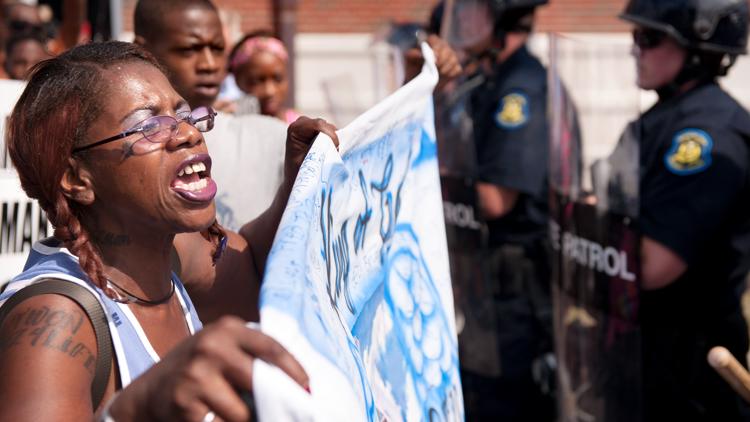
Remembering Michael Brown: A Decade of Change and Activism
The death of Michael Brown, a Black teenager, in Ferguson, Missouri, ten years ago sparked a wave of protests that fueled the emerging Black Lives Matter movement.
Kayla Reed grew up in a predominantly African American neighborhood in St. Louis, close to Ferguson, where Brown was shot. His death had a profound impact on Reed, pushing her into activism and community organizing.
A march toward measurable change
Reed witnessed the aftermath of Brown’s shooting and the unrest that followed. The incident exposed the strained relationship between the Ferguson police and the Black community. Despite facing challenges, Reed became involved in the protests and became an organizer.
Over the years, the movement inspired by Brown’s death led to significant changes, with more Black leaders in positions of power, legislative reforms, and increased political engagement within communities of color.
Strength in numbers — and coalitions
The impact of Brown’s death extended beyond Ferguson, fueling a broader movement for racial justice. Multiracial coalitions emerged, uniting different communities in the fight against systemic racism and oppression.
A glimpse from 10 years down the road
After a decade of activism, Ferguson has seen some positive changes, with more Black representation in leadership roles and reforms within the police department. However, the struggle for racial justice continues as incidents of police violence persist and legislative reforms remain elusive.
Despite the challenges, activists like Reed remain committed to the long-term goal of achieving true equality and dismantling systems of oppression.




